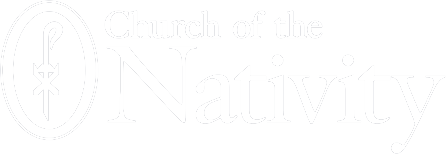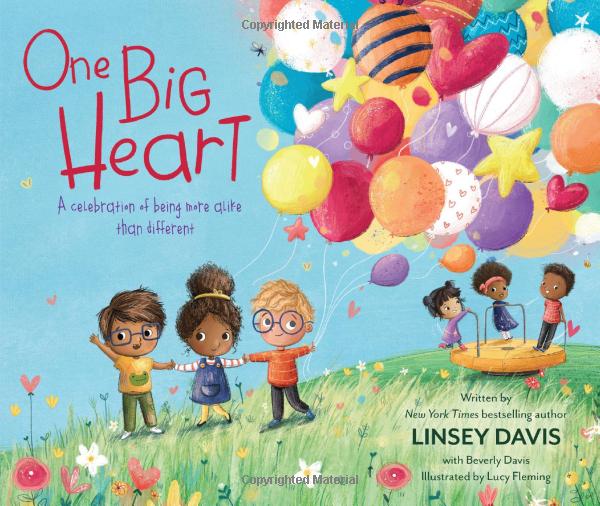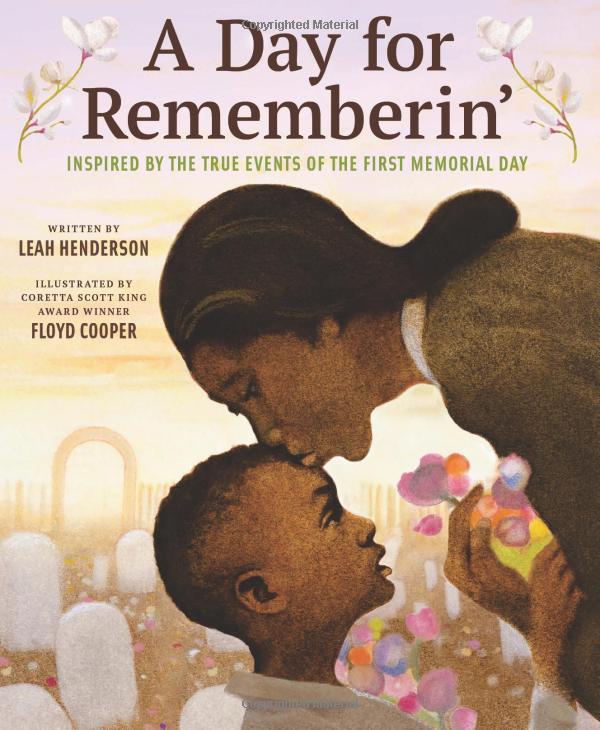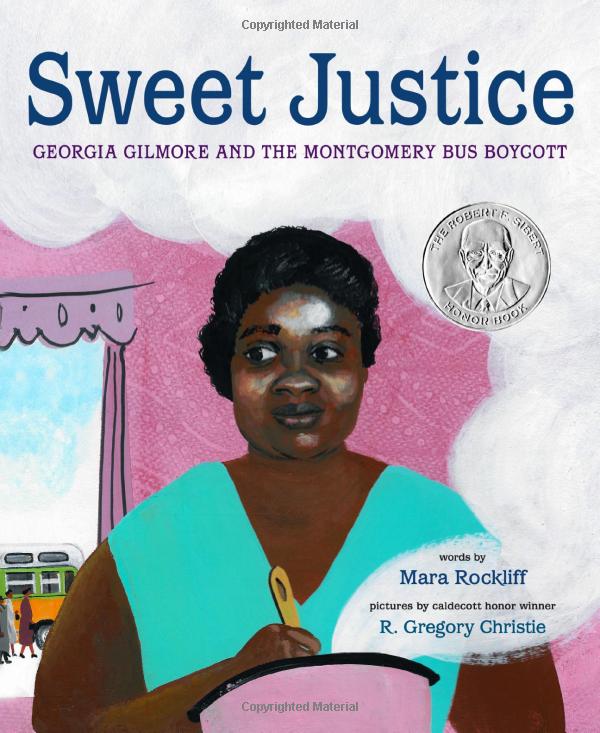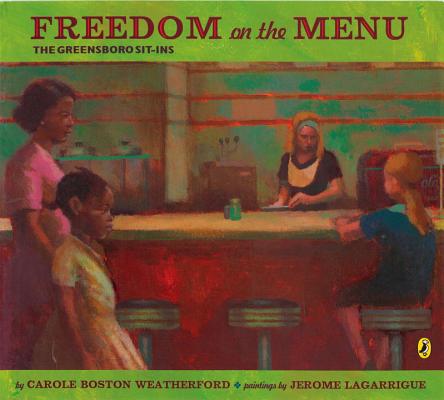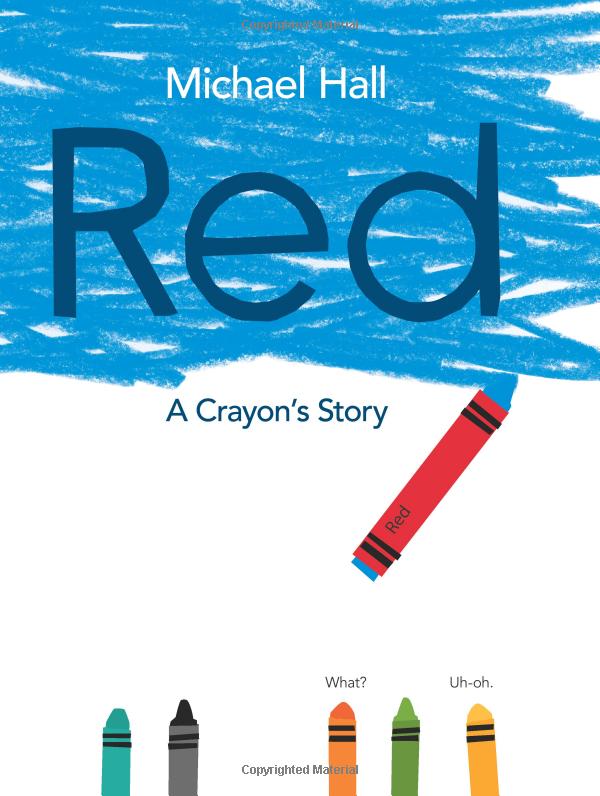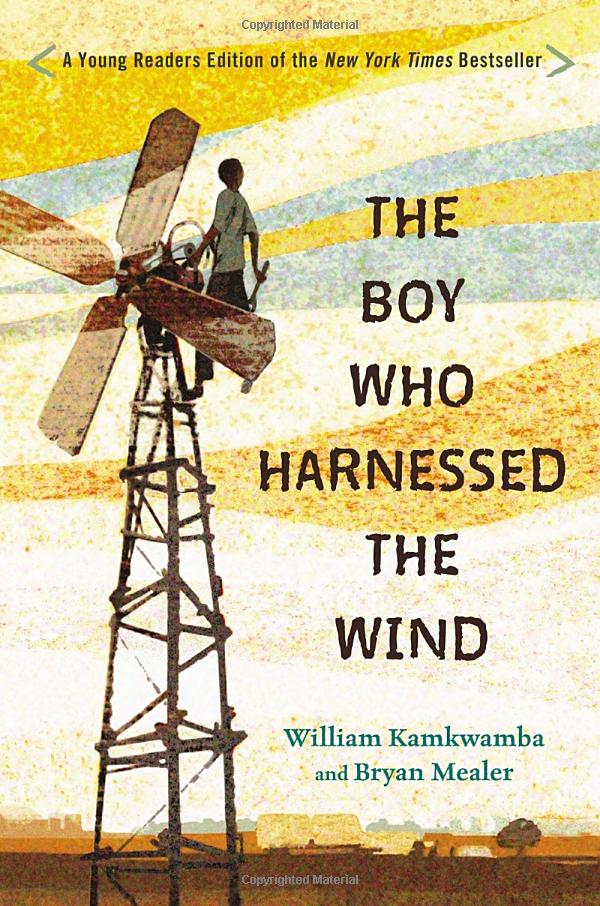One Big Heart, A Celebration of Being More Alike, than Different
by Linsey Davis, with Beverly Davis; illustrated by Lucy Fleming
review by Carol Smith
With schools opening across the country within the month, One Big Heart combines lyrical rhymes and a whimsical art style that delivers an inspiring message of inclusion and connection within a school classroom. It is a perfect book to share with our younger readers, Pre-K- Grade 2, as it explores how we are more alike than different.
From skin, hair and eyes in a multitude of colors, to different personalities and interests, we all have something that makes us stand out. Each of these nuances makes us unique. The book speaks to how God has created us uniquely, and we need to appreciate that uniqueness in ourselves and others. Yet, we also have special things in common as well: like sharing fun and laughter on the playground, having a sense of curiosity, sharing big feelings, and so many other things that show how we are all more alike than we are different.
The author’s use of a rhyming text and the illustrator’s use of colorful, simple pictures are enticing to the younger reader. In that way, ”love your neighbor as thyself” is easy to understand.
In an interview with the author, she states that the Bible verse “Thou shalt love thy neighbor as thyself” (Mark 12:31 KJV), is “the most essential point we can get across to our kids in this time, and in our current climate.” She goes on to say that “this book can serve as a resource enabling parents to discuss race, diversity and inclusion with their children in a safe way.” “This ugly issue is still pervasive in society,” she says. “It can’t be swept under the rug any longer.”
Discussion Questions and Enrichment Activities
- One child in the story is shown crying. Look at the illustrations that show this scene. Discuss what might have made the child cry and what another child does to help.
- All the children have eyes and noses and feet, but what does the author feel is the body part that matters most? Why is this part so important?
- In One Big Heart, the author describes a classroom where the faces “make a rainbow.” The story highlights how each of us is unique. Have your child use construction paper and crayons to create a self -portrait that depicts the special traits he/she possesses. Make sure to provide multicultural construction paper or crayons for your child to use in creating his/her face, hair, and eye color. Additionally, your child can dictate to you what makes him or her special and unique.
- We all have one big heart where “kindness grows and where love gets its start.” Create a map of your child’s heart by outlining a large heart shape. Then have your child illustrate, within the outline, all of the loves that fill his/her heart. What are the most important people, places, and things to your child? Color and label the loves your child draws.
- In One Big Heart, the children imagine what they might like to be and do when they are older. Have your child draw a picture and then dictate a statement about what he or she dreams of doing some day.
Biblical Connections
Discuss The Great Commandment with your child: Thou shalt love the Lord thy God with all thy heart, and with all thy soul, and with all thy mind. This is the first and great commandment. And the second is like unto it; Thou shalt love thy neighbor as thyself. On these two commandments hang all the Law and the Prophets. Book of Common Prayer What is the message of the Great Commandment?
In Matthew 22:37-39 it is the second part of this commandment that Linsey Davis uses as the basis of her book: “Love the Lord your God with all your heart and with all your soul and with all your mind. This is the first and greatest commandment. And the second is like it: ‘Love your neighbor as yourself.”
So, there are two parts to Jesus’ great commandment and they both center on LOVE: LOVE for God and LOVE for our neighbor. The two go together. Neither of these commands, by itself, is enough.
For many in the contemporary world, love for our neighbor coincides with a respect of our neighbor’s belief system or lack thereof. By this respect for our neighbor, we carry out the mission of human dignity, which, in turn, represents a love for our Lord.
In closing, John Wesley provides a wonderful description of how one might obey these great commandments: “Do all the good you can, by all the means you can, in all the ways you can, in all the places you can, at all the times you can, to all the people you can, as long as ever you can”.
